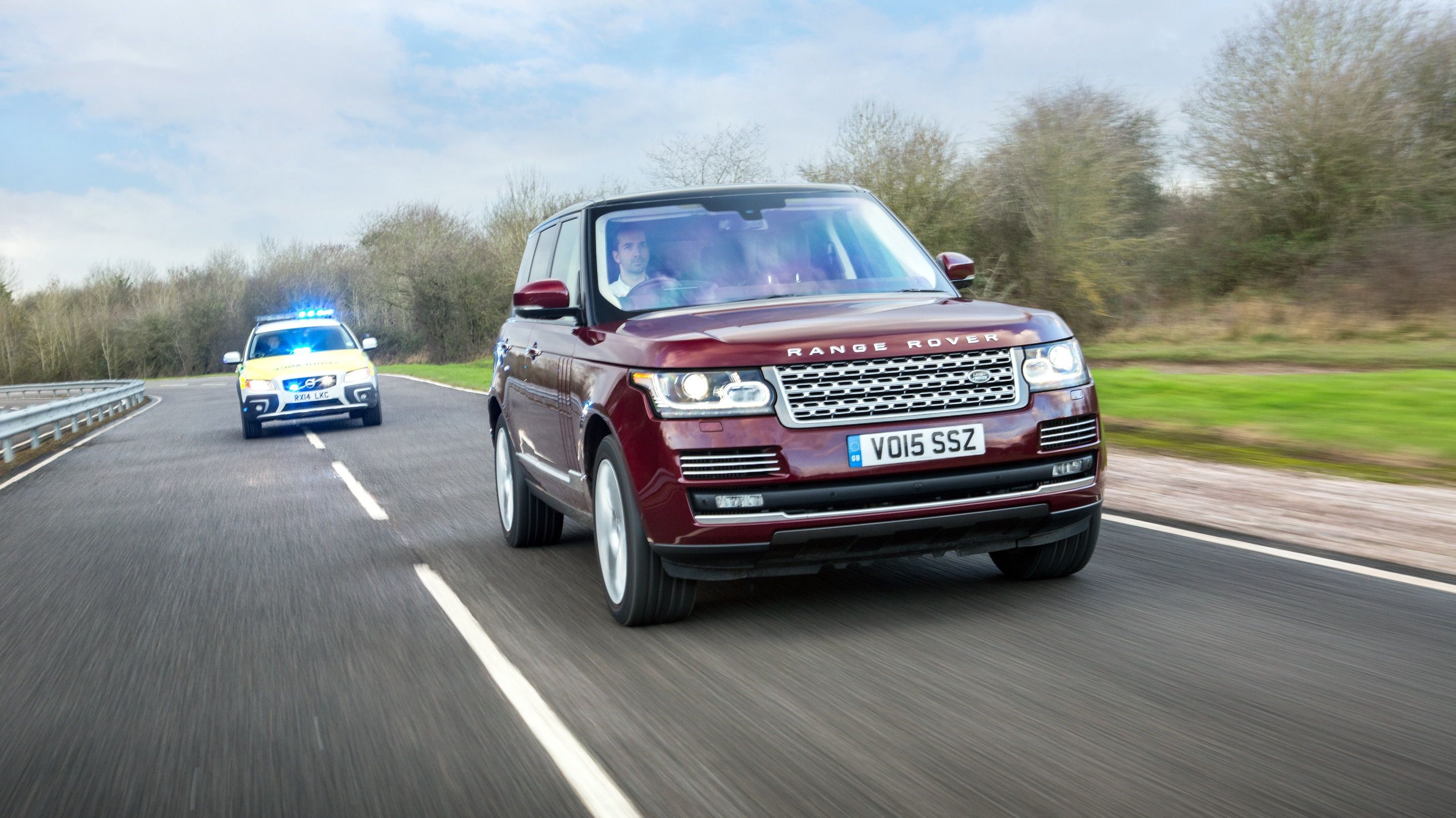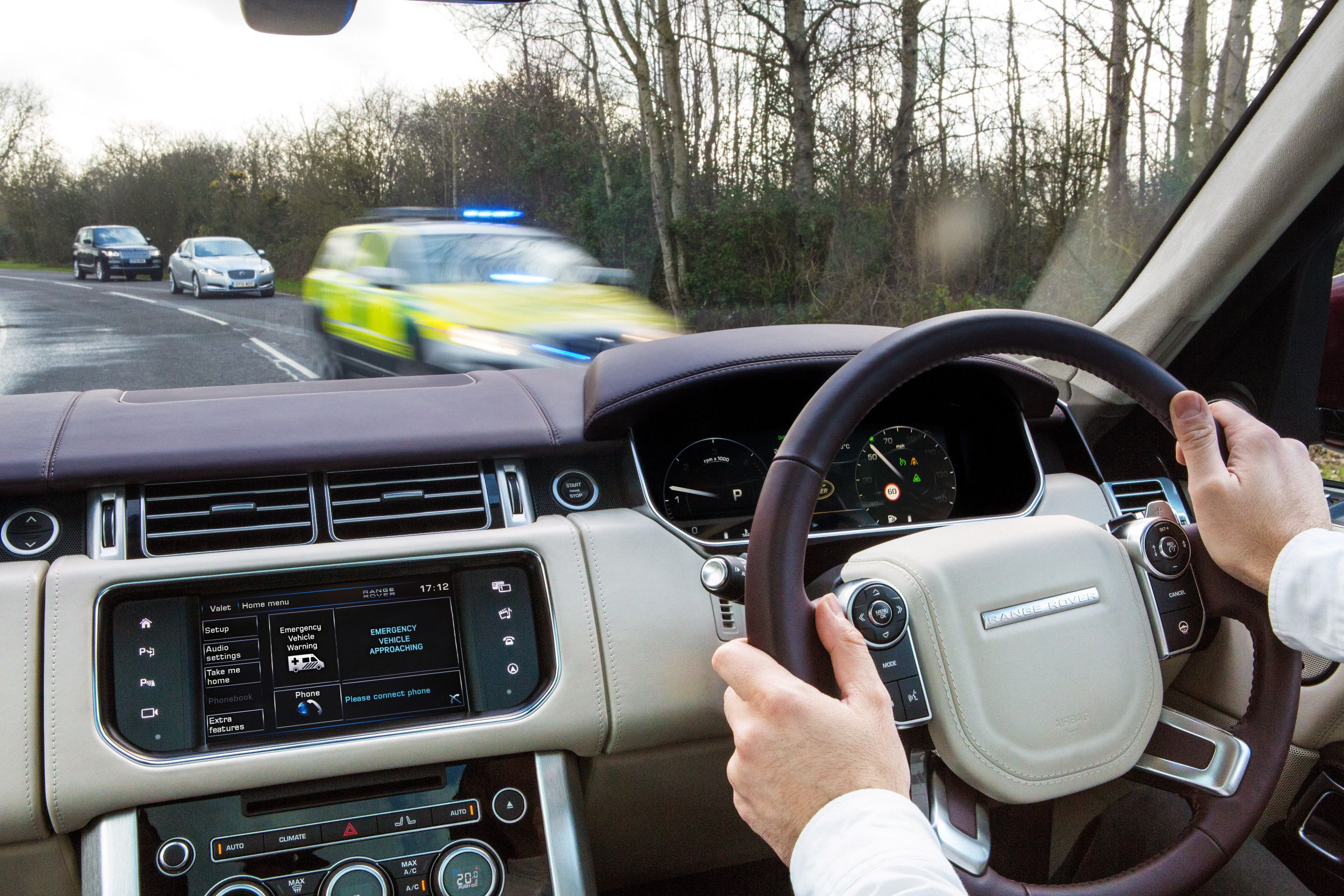When automakers from all corners of the world began announcing their plans of developing autonomous driving technology, it felt like it would only be a matter of time before these pursuits sprouted new forms of technological advancements that were tied into autonomous driving. Jaguar->ke39 Land Rover->ke46 has certainly put its money where its mouth is, after announcing a £5.5 million ($7.8 million) investment in a 41-mile test corridor called the UK Connected Intelligent Transport Environment, or UK-CITE for short. The venue is called a “living laboratory” that will used for a variety of functions, including the evaluation of JLR’s new systems that are related to real-world driving conditions and more importantly, support the development of connected and autonomous->ke5282 driving technology.->ke1701
Other companies, universities, and organizations also joined in to partake in the development of UK-CITE, including Siemens, Vodafone, Visteon, WMG, the University of Warwick, Coventry University, and the Coventry City Council.
JLR’s goal is to use UK-CITE and its facilities to develop and test out its automotive vehicle technologies on as many as five different types of roads and junctions. Roadside communications equipment have also been installed to test vehicle-to-vehicle and vehicle-to-infrastructure systems on as many as 100 connected and automated cars. The whole set-up is meant to unlock the key to sharing information at high speed between cars and roadside infrastructures like traffic lights.
In the end, UK-CITE is expected to play a big role in JLR’s continued pursuit in the development of its own autonomous driving technology while also addressing the clear, real-life need of improving road safety for both the cars and its drivers.
Continue after the jump to read the full story.
Why it matters
This is a huge step in the right direction for Jaguar Land Rover and it’s pretty telling that the company is spearheading the movement to have a testing corridor in the UK when similar types have already sprouted in other parts of Europe. This is JLR telling everyone that it’s not about to fall behind in the race to develop autonomous driving technology and other connected services to its clients.
Now I’m not going to pretend to know the minutiae of testing corridors, but I do know that it’s a place where automakers can really ramp up the testing and development of its connected services. That’s why the UK-CITE will have dedicated short-range communications to go with local WiFi hotspots, 4G LTE, and the more advanced version of LTE called LTE-V. The addition of these high-powered connectivity platforms should allow JLR to go all-out in the testing and development of its tech.
One platform that JLR’s research team has already scheduled for real-world testing is its range of “Over the Horizon” warning systems. These systems will be developed in concert with autonomous driving technology, with the objective of helping vehicles react and respond to certain traffic conditions without the help of a driver. For instance, the company’s ‘Emergency Vehicle Warning’ system would be able to allow vehicles to identify the presence of a police car, ambulance, or firetruck though car-to-car communication. Instead of having to rely on the sound and lights of an oncoming emergency vehicle, the system will instead send a warning to the driver in advance so he can act accordingly when the EMTs draw closer.
Where this leads is still anybody’s guess. The question on when the technologies that will arise from this new endeavor will become mainstream will likely be answered in a time frame of years, not months. So, there’s still a long way to go for JLR to recoup the investment it made in opening the UK-CITE testing corridor. But, this is a great start to that pursuit and, with the help of heavy-hitting industry partners like Siemens, Vodafone, and Visteon, JLR should be on its way to achieving that.


